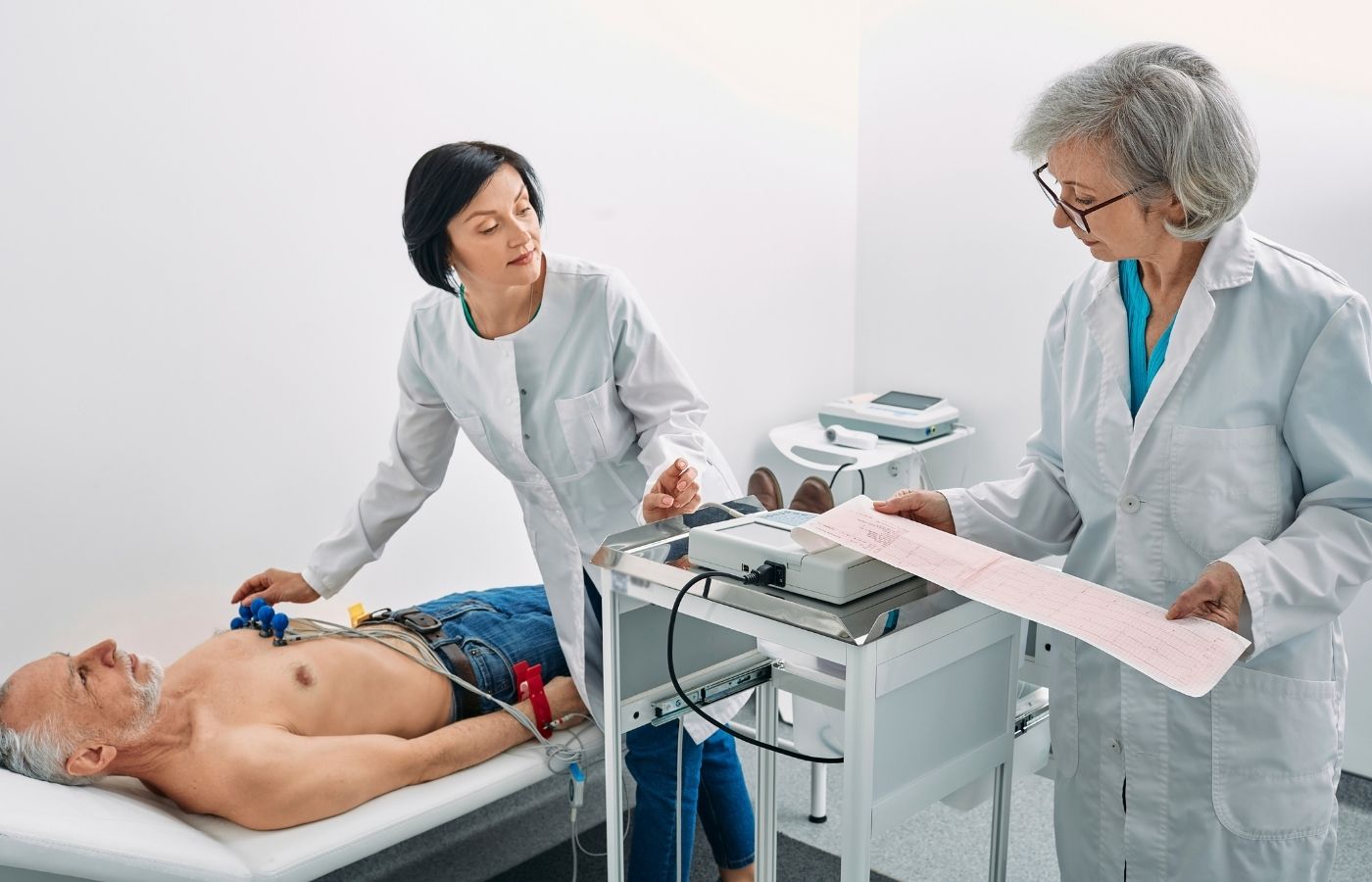
Cirrhosis is a chronic and progressive liver disease characterized by the replacement of healthy liver tissue with scar tissue, which eventually leads to a decline in liver function. This condition is often the end result of long-term, continuous damage to the liver and may remain unnoticed until its advanced stages.
Cirrhosis occurs when normal liver tissue is progressively replaced by fibrous scar tissue, impairing liver function. The liver is vital for detoxification, nutrient metabolism, and other essential bodily functions. While cirrhosis is irreversible, early detection and treatment can help slow its progression.
Multiple factors contribute to the development of cirrhosis, including chronic alcohol consumption, chronic viral hepatitis, and non-alcoholic fatty liver disease (NAFLD).
Chronic viral infections, especially hepatitis B and hepatitis C, are leading causes of cirrhosis. These viruses cause ongoing liver inflammation, resulting in liver cell damage and scarring over time.
Excessive alcohol consumption is another major cause of cirrhosis. Chronic alcohol intake causes inflammation and scarring in the liver, reducing its functionality over time.
NAFLD occurs in individuals with little or no alcohol intake but excess fat in the liver. People with obesity, type 2 diabetes, or high Lipid levels are at higher risk. NAFLD can progress to non-alcoholic steatohepatitis (NASH) and eventually cirrhosis.
Autoimmune hepatitis causes the immune system to attack liver cells, leading to inflammation and scarring. Genetic disorders, such as hemochromatosis and Wilson’s disease, can also lead to cirrhosis.
Symptoms of cirrhosis often appear in later stages and may include:
Diagnosing cirrhosis involves a combination of medical history review, physical exams, lab tests, and imaging studies.
Healthcare providers review the patient's alcohol consumption, exposure to hepatitis viruses, and family history of liver disease. Physical exams may reveal signs such as jaundice and an enlarged liver.
Blood tests help assess liver function:
Non-invasive imaging helps visualize liver damage:
A liver biopsy may be performed to confirm cirrhosis. A small tissue sample is examined under a microscope to determine the severity of scarring.
Elastography is a non-invasive imaging test measuring liver stiffness, which indicates scarring. This service is available at the Best diagnostic center.
Early detection of cirrhosis is essential to slow its progression. Management strategies include:
Cirrhosis is a chronic liver condition caused by prolonged damage due to hepatitis B, hepatitis C, alcohol abuse, or NAFLD. It leads to scarring and impaired liver function. Early diagnosis through hepatitis tests, Lipid profiles, and imaging studies at the Best diagnostic center is crucial for effective management.
For expert diagnostic services , visit Diagnopein near me. Their advanced testing facilities and experienced specialists offer comprehensive liver health evaluations.